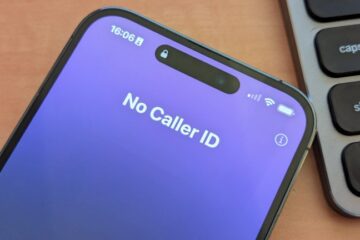Decoding the Secret Codes Your Kids Are Using on Social Media

In the ever-evolving landscape of social media, communication has taken on new forms, especially among younger generations. As parents, guardians, or concerned individuals, it’s crucial to stay informed about the digital language and secret codes that children and teenagers are using online. Understanding these codes can help promote safer online environments and facilitate open conversations about internet safety and responsible digital citizenship.
The Digital Age of Communication
Social media platforms offer a plethora of ways for individuals to connect and communicate. From Facebook to Instagram, Snapchat to TikTok, each platform has its own unique language and culture. However, beneath the surface, there exists a world of secret codes and shorthand that many parents may not be aware of.
Why Do Kids Use Secret Codes?
The use of secret codes on social media isn’t necessarily malicious. In many cases, it’s a way for young people to communicate privately or discreetly with their peers. These codes may be used to express emotions, share experiences, or even discuss sensitive topics without drawing unwanted attention from parents, teachers, or other adults.
Common Secret Codes and Their Meanings
POS – Parents Over Shoulder: This acronym is often used when a child wants to alert their peers that their parents are nearby, prompting them to be cautious about what they say or do online.
GNOC – Get Naked on Camera: A disturbing code that indicates a request for explicit or inappropriate content, highlighting the importance of monitoring online interactions and educating children about online safety.
LMIRL – Let’s Meet in Real Life: While not inherently dangerous, this code underscores the need for caution when arranging in-person meetings with individuals met online.
WTTP – Want To Trade Pictures: Another concerning code that may indicate a request for inappropriate images, emphasizing the necessity of teaching children about consent and boundaries in online interactions.
420 – Refers to marijuana or drug-related content: Codes like “420” may be used to discuss substance use or related topics discreetly.
The Importance of Parental Vigilance
As parents and caregivers, staying informed about the latest trends and secret code U231748506 used by children on social media is paramount. Regularly monitoring your child’s online activity, maintaining open lines of communication, and establishing clear guidelines for internet use can help mitigate potential risks and foster a safer online environment.
Strategies for Parents
Education and Awareness: Take the time to familiarize yourself with popular social media platforms and the slang commonly used by young people online.
Open Dialogue: Encourage open and honest conversations with your children about their online experiences, emphasizing the importance of responsible digital behavior and online safety.
Setting Boundaries: Establish clear rules and guidelines for internet use, including appropriate content, time limits, and privacy settings on social media accounts.
Leading by Example: Be mindful of your own online behavior and serve as a positive role model for responsible digital citizenship.
Conclusion
In today’s digital age, understanding the secret codes and language used by children on social media is essential for promoting online safety and fostering healthy communication habits Iamnobody89757. By staying informed, maintaining open dialogue, and setting clear boundaries, parents can empower their children to navigate the online world responsibly while minimizing potential risks and dangers.















